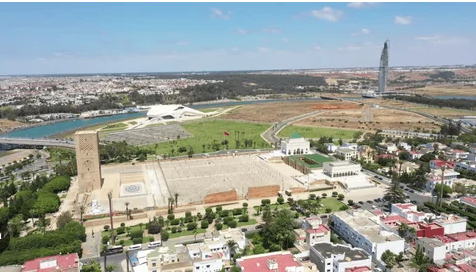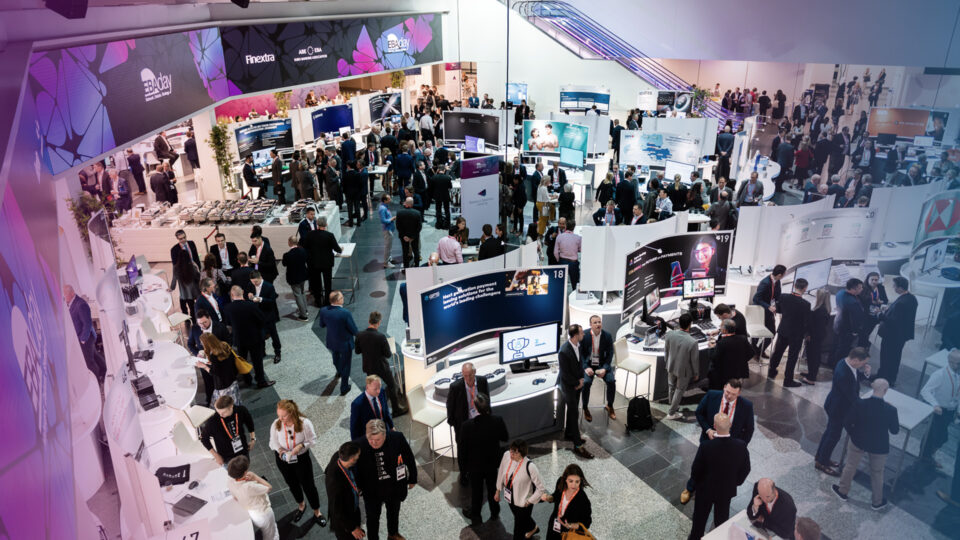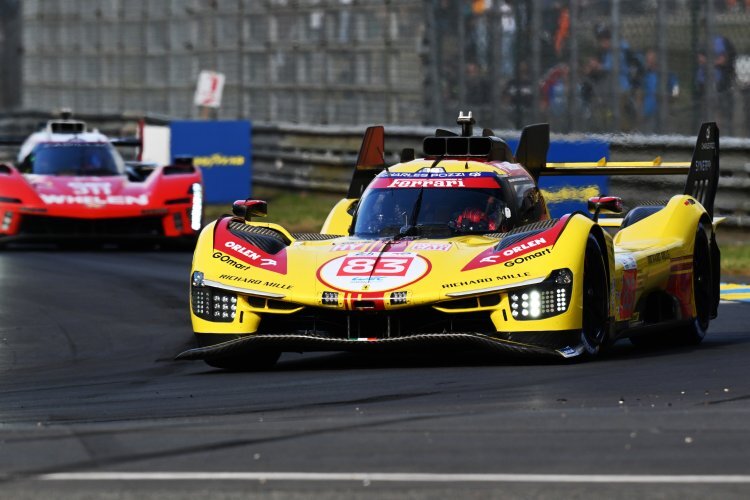#stadiums #Messi #Museo..
The Asian Cup won last Saturday by Qatar has once again put the country in the football spotlight which organized the 2022 World Cup with enormous critical and public success.
Many believed that, after the World Cup, the country would isolate itself again in terms of sports, but Nothing could be further from the truth, as demonstrated by the continuous events that take place every year. (current 2024 Aquatic World Cups, the Asian Soccer Pre-Olympic, international friendly tournaments…).
The World Cup organizing committee (The Supreme Committee for Delivery & Legacy) had among its nomenclature the word ‘legacy’, Well, it was something that greatly worried the Government of Qatar. In fact, it had planned the dismantling of a stadium (the so-called 974) and the reduction of capacity of several of them (from 60,000 to 40,000 seats). The reason was not to build ‘white elephants’ that would be forgotten (as happened in South Africa or Brazil) and take advantage of the facilities for the local community or to take them to developing countries.
Last week we were in the 974, built with that number of containers, and we saw that… it’s still there. It has not been dismantled nor is there any intention to do so, as we are told that it is being used for various musical and other types of shows. A different stadium, very close to Doha Bay, which will remain standing for now.
The Asia Cup has used nine venues, and seven of them were World Cup venues: Khalifa, Ahmad Bin Ali, Al Janoub, Al Bayt, Education City, Al Thumama and the great Lusail (89,000 spectators), home of the World Cup final and the Asia Cup final. The other two stadiums used in the Asia Cup have been Jassim bin Hamad (home of Al Sadd) and Abdullah bin Khalifa (home of Al Duhail). Of those seven World Cup winners, some were going to be reduced in capacity… but no: they still have the same capacity of spectators.
The reason is that Qatar, among other things, plans to organize the Arab Cup in early 2025. It is an unofficial FIFA event but with a great following in the Arab world.
The entrance door to the room that Leo occupied at the World Cup.
Another of the legacies, in this case tourism, of the World Cup was going to be the room that Leo Messi occupied at Qatar University, place of concentration of Argentina, during the World Cup. It was announced that they were going to transform it into a public museum. But the Qatari Government has already warned that there will be no such museum and that, for now, it will not be touched. The residence where the world champion players lived was, and will continue to be, a residence for ordinary students of Qatar University.
Furthermore, after a week in Doha, we have verified that infrastructure continues to grow and that the Qatari ambition to organize events is not satisfied, although it is true that some of the professional population that built this country (many companies, above all) have moved to neighboring Saudi Arabia due to the rise of that country facing the 2034 World Cup and the next Asia Cup 2027.












